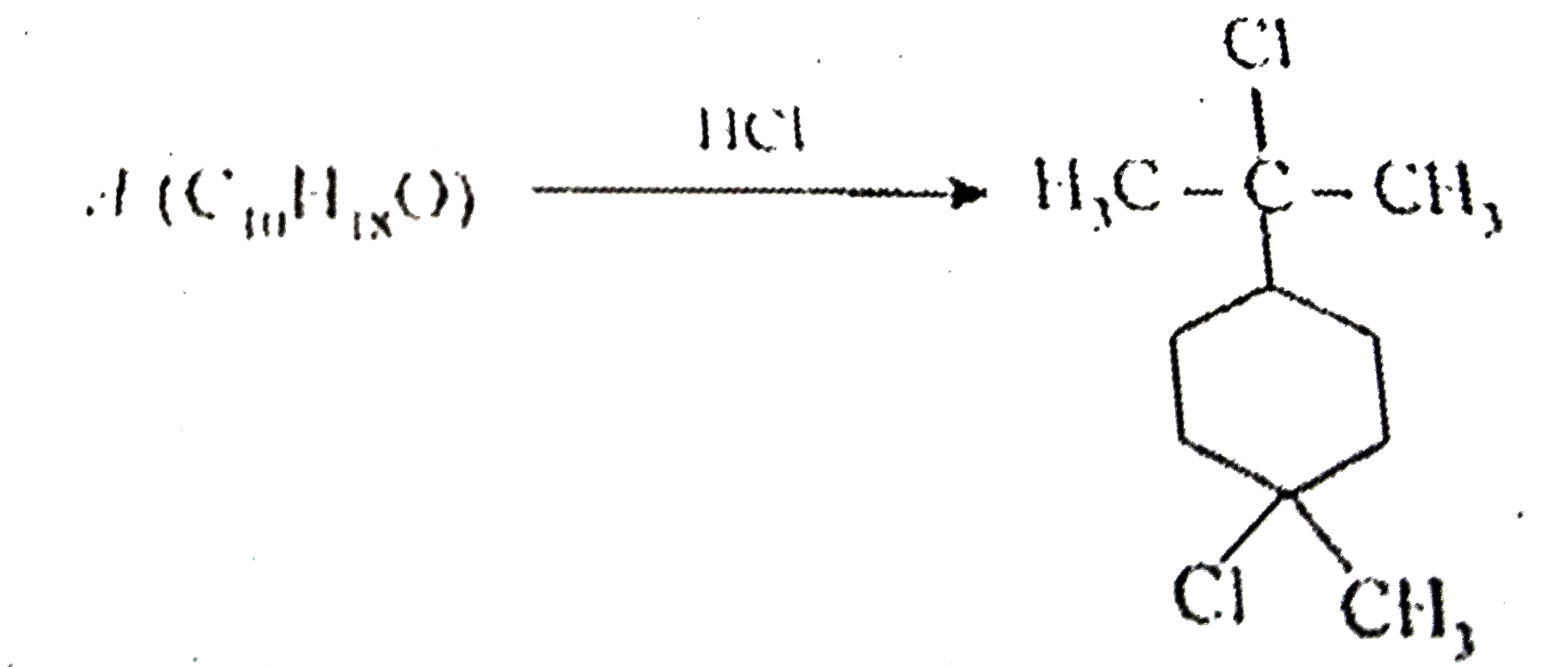Gas containing double bond.
To solve the question regarding a gas that contains a double bond, we will follow these steps:
Step 1: Identify a gas that contains a double bond.
The most common example of a gas that contains a double bond is oxygen (O₂).
Step 2: Understand the electron configuration of oxygen.
Oxygen has an atomic number of 8, which means it has 8 electrons. The electron configuration is as follows:
- The first shell can hold 2 electrons.
- The second shell can hold up to 8 electrons.
In the case of oxygen, it has 6 electrons in its outermost shell (2s² 2p⁴).
Step 3: Draw the electron dot structure of oxygen.
To illustrate the double bond in oxygen, we can draw the electron dot structure:
- Each oxygen atom has 6 valence electrons.
- When two oxygen atoms come together, they share two pairs of electrons.
The electron dot structure looks like this:
O::O
Here, the two colons represent the shared pairs of electrons, indicating a double bond.
Step 4: Count the total number of electrons.
In the O₂ molecule:
- Each oxygen atom contributes 6 valence electrons.
- When they share 2 pairs (4 electrons), the total number of electrons around each oxygen atom becomes 8 (6 from its own and 2 shared).
Step 5: Confirm the presence of double bonds.
Since there are two pairs of electrons shared between the two oxygen atoms, this confirms that there is a double bond present in the O₂ molecule.
Conclusion:
Thus, the gas containing a double bond is oxygen (O₂).
---
The most common example of a gas that contains a double bond is oxygen (O₂).
Oxygen has an atomic number of 8, which means it has 8 electrons. The electron configuration is as follows:
- The first shell can hold 2 electrons.
- The second shell can hold up to 8 electrons.
To illustrate the double bond in oxygen, we can draw the electron dot structure:
- Each oxygen atom has 6 valence electrons.
- When two oxygen atoms come together, they share two pairs of electrons.
O::O
Here, the two colons represent the shared pairs of electrons, indicating a double bond.
In the O₂ molecule:
- Each oxygen atom contributes 6 valence electrons.
- When they share 2 pairs (4 electrons), the total number of electrons around each oxygen atom becomes 8 (6 from its own and 2 shared).
Since there are two pairs of electrons shared between the two oxygen atoms, this confirms that there is a double bond present in the O₂ molecule.
Thus, the gas containing a double bond is oxygen (O₂).
Topper's Solved these Questions
- CHEMICAL BONDING BOOK - ICSECHAPTER - CHEMICAL BONDING EXERCISE - WORKSHEET-3
8 Videos
- CHEMICAL BONDING BOOK - ICSECHAPTER - CHEMICAL BONDING EXERCISE - WORKSHEET-3(Tick the correct answer)
5 Videos
- CHEMICAL BONDING BOOK - ICSECHAPTER - CHEMICAL BONDING EXERCISE - WORKSHEET-2
12 Videos
- ANALYTICAL CHEMISTRY-USE OF AMMONIUM & SODIUM HYDROXIDEBOOK - ICSECHAPTER - ANALYTICAL CHEMISTRY-USE OF AMMONIUM & SODIUM HYDROXIDEEXERCISE - Additional Questions
6 Videos
- CHEMISTRY 2011BOOK - ICSECHAPTER - CHEMISTRY 2011EXERCISE - SECTION-II
48 Videos
Similar Questions
Gas containing tripple bond.
View SolutionGive an example of the following:
A carbon compound containing two double bonds.
View SolutionA : Polypropylene is an addition polymer.
R:Addition polymerization occurs among molecules which contain double bonds.
View SolutionA gas which contains double bond is :
View SolutionWhy is benzene extra ordinarily stable though it contains three double bonds?
View SolutionExplain how the valence bond theory accounts for a carbon carbon double bond.
View SolutionExplain how valence bond theory accounts for
(i) a carbon-carbn double bond (C=C)
(ii) a carbon -carbon triple bond (C=C)
View SolutionDegree of unsaturation of A = 2, it contains no double or triple bonds.

View SolutionAn ideal gas is pumped into a rigid container having diathermic walls so that the temperature remains constant. In a certain time interval, the pressure in the container is doubled. Is the internal energy of the contains of the container also doubled in the interval?
View SolutionExplain the formation of carbon-carbon double bond in ethene.
View Solution
